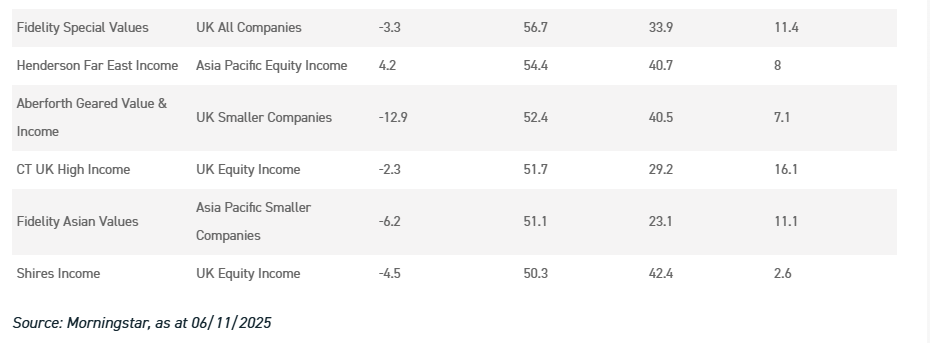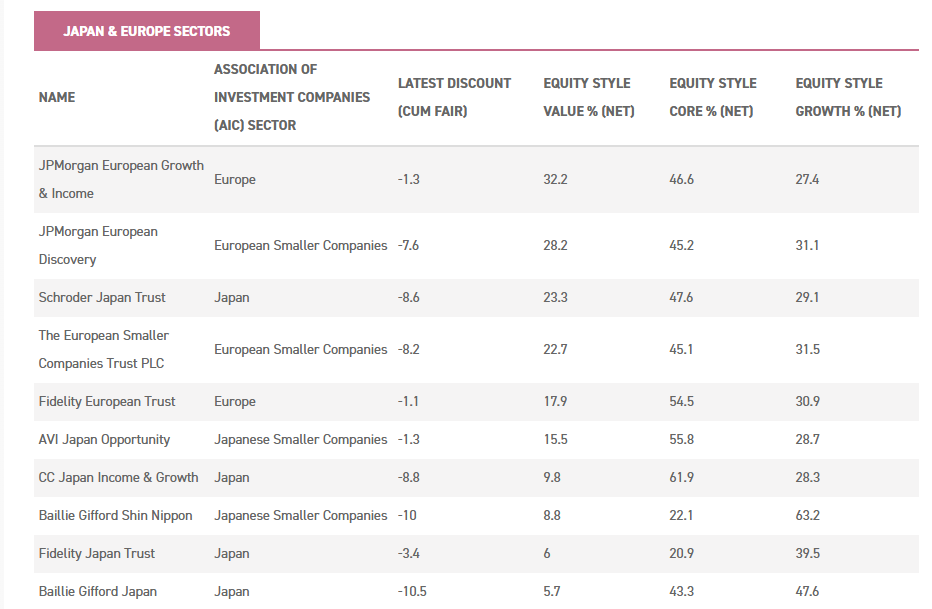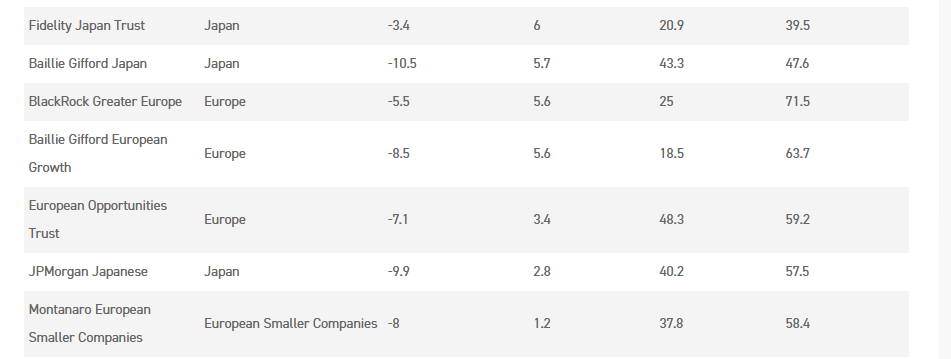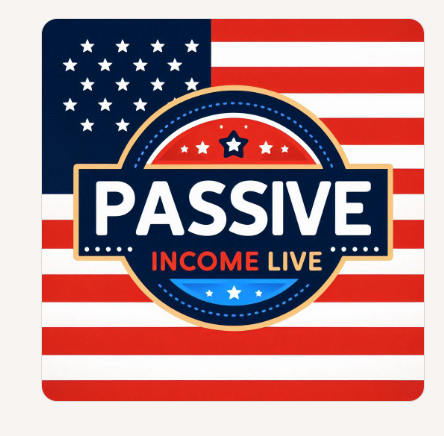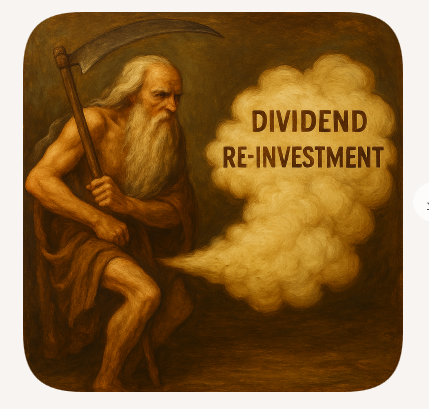From Asia to the UK, are investors rediscovering overlooked opportunities?
Schroders
Updated 07 Nov 2025
Disclaimer
Disclosure – Non-Independent Marketing Communication
This is a non-independent marketing communication commissioned by International Biotechnology (IBT). The report has not been prepared in accordance with legal requirements designed to promote the independence of investment research and is not subject to any prohibition on the dealing ahead of the dissemination of investment research.
The idea of ‘American exceptionalism’ has deep roots. First coined in the 19th century – and popularised by Alexis de Tocqueville’s ‘Democracy in America’ in the 1830s – it captured the belief that the United States was fundamentally different from other countries – a nation founded on ideals of liberty, individualism and enterprise, with a unique role to play in the world. The phrase gained fresh prominence in the early 20th century, and during the Cold War it hardened into doctrine – a lens through which US foreign policy, economic leadership and even moral authority were projected onto the global stage.
In more recent years, that sense of American distinctiveness has manifested itself powerfully in financial markets. In the recovery from the global financial crisis from 2009 onwards, we have seen the rise of a new form of exceptionalism – characterised by the outperformance of US equities, the dominance of large cap technology stocks and the sheer gravitational pull of Wall Street on global capital flows. But such prolonged market leadership has created growing concentration risk – and raised questions about where future returns are most likely to come from.
A self-reinforcing cycle
As money flooded into US markets, the trend became self-reinforcing. Passive investment vehicles tracked rising benchmarks. Valuations expanded. Index concentration intensified. And portfolios across the world became more heavily skewed towards a single market – and, increasingly, a handful of companies. Currently, the US accounts for more than 70% of the MSCI World Index1 – a remarkable share for one country in what is ostensibly a global benchmark.
Yet history demonstrates that while markets can ignore gravity for a while, they cannot ignore it for ever. With political risks rising, fiscal sustainability under scrutiny and relative valuations stretched, many investors are no longer asking whether US outperformance will continue – now they’re asking how much exposure is too much and examining where capital might be better deployed in the years ahead.
While recent market performance shows no clear break in US leadership, signs of investor reassessment are emerging. Perhaps the clearest signal of this is in the weakness of the dollar, which has eaten away at the returns global investors receive from their US assets and may reflect a growing willingness among asset allocators to look elsewhere. What’s unfolding may not yet be a full-blown rotation, but it could be the early stages of a more strategic reallocation – away from concentrated US exposures and towards regions and asset classes offering more compelling long-term value.
Why now?
In financial markets, nothing lasts forever. Cycles evolve, leadership rotates and what once looked like structural dominance can give way to reversion – especially when concentration runs high and valuations stretch.
The election of Donald Trump for a second term as US President may well come to be seen as a turning point. US equities initially rallied, buoyed by familiar promises of tax cuts and deregulation. But that optimism was soon tempered by renewed tensions around global alliances, fresh tariff threats and a more combative foreign policy stance – developments that unsettled investors and prompted a sharp, albeit brief, correction.
While markets have since rebounded, the episode served as a reminder of just how sensitive sentiment towards highly-priced assets can be. Stocks with stretched valuations and elevated expectations can be especially vulnerable to a shift in market narrative or policy direction. Against this backdrop, it should not be surprising for investors to be asking how exposed they are to the US, and whether overlooked or undervalued alternatives might now offer a more balanced route to long-term growth.
Where can you turn?
For investors thinking about diversifying their portfolios away from the US, the Schroders range of investment trusts offers plenty of options. From the unloved and undervalued domestic stock market, through the demographic growth tailwinds of Asia, to the resilience and dependability of bricks and mortar in commercial real estate. This is a time for specialism over generalism – for trusts that genuinely know their territory – as we outline below.
The UK – value, income and growth
Until recently, few regional markets were looking as unloved as the UK. International investors had been reducing allocations steadily since before Brexit, with shrinking index weightings, political noise and a perceived lack of dynamism all perhaps serving as convenient reasons to look elsewhere. But capital flow data suggests that something profound is happening. US investors, in particular, have been buying UK stocks above all other international markets in 2025, taking advantage of others’ unwillingness to do so.
Taking a look at any number of UK quoted companies, the astute investor can see that the UK combines deep, liquid capital markets with high corporate governance standards, attractive dividend yields and a growing trend of value-enhancing share buybacks. While the domestic economic backdrop still faces challenges, it looks comparatively stable – especially when set against the policy uncertainty elsewhere. And with UK equities continuing to trade at a very significant discount to global peers, the valuation case is compelling.
Importantly, the UK market provides a different type of exposure to the US – with a higher weighting to traditional real economy sectors, a broader universe of high-yielding companies and a deep pool of small and mid-cap stocks more closely tied to the relatively benign outlook for the domestic economy. For investors looking to reduce their exposure to US concentration risk, these differences can offer meaningful diversification.
Schroder Income Growth Fund plc and Schroder UK Mid Cap Fund plc both demonstrate the value of selective, active exposure to UK equities. The former has a near 30-year track record of consistent dividend growth , delivered through astute stock picking and with flexibility to invest across the UK market cap spectrum whilst using the unique advantages of the investment trust structure to smooth and enhance income; the latter taps into the long-term potential of Britain’s “growth sweet spot”, companies that are profitable and cash generative, yet still able to grow at a superior rate, with a balanced exposure to both the UK and international markets.
Asia – structural growth and a wealth of opportunity
For investors seeking a credible alternative to US technology, Asia offers an obvious starting point. The region is home to world-leading innovation in areas such as semiconductors, automation, clean energy and digital infrastructure. In many cases, these companies offer similar growth potential to their US counterparts, without the same degree of valuation risk.
But the appeal of Asia extends well beyond tech. Demographic tailwinds, rising consumption and growing incomes are reshaping economies across the region – offering investors a deep and diverse opportunity set. Export demand still matters, and to an extent, Asia’s economic momentum remains at the mercy of global trade dynamics. But the region also tends to benefit when the dollar weakens – a distinct possibility if capital begins to flow more meaningfully out of the US.
These dynamics play to the strengths of selective active management. Schroder AsiaPacific Fund plc, Schroder Asian Total Return and Schroder Oriental Income Fund Limited each provide specialist access to the region, but with different objectives. Whether investors are focused on income, growth or a combination of the two, the range offers something for everyone.
Japan also deserves special mention – not least because of the striking parallels with the US today. In the 1980s, Japan came to dominate global indices through years of outperformance that culminated in an asset price bubble. The correction that followed ushered in decades of underperformance – until recently. Now, Japan is re-emerging, with very attractive valuations, improving macroeconomic fundamentals and widespread corporate governance reforms driving higher shareholder returns. This is fertile ground for active managers with a strong stock-picking track record, such as Masaki Taketsume, who manages Schroder Japan Trust plc.
Real estate – diversification with inflation linkage
Real estate has long offered investors a distinctive combination of total return, dividends, diversification and inflation protection from an income perspective. Over the past five years, the sector has weathered considerable challenges – first the uncertainty triggered by the pandemic, then the valuation reset resulting from the sharp rise in interest rates from record lows in 2022. But that repricing now appears to be behind us. In many areas, valuations have stabilised. Some sectors – particularly industrial and logistics – have already seen a strong rebound, and there are signs that the recovery is beginning to broaden.
Schroders’ real estate trusts are well positioned to take advantage. Schroder Real Estate Investment Trust focuses on UK commercial property and is actively improving the energy credentials of its portfolio of assets. This “brown-to-green” strategy is underpinned by growing evidence of a green premium – with sustainable, energy-efficient assets commanding higher rents and stronger valuations.
Meanwhile, Schroder European Real Estate Investment Trust targets locations with strong fundamentals, solid long-term growth prospects and resilient occupier demand. These are not generic bets on the region, but carefully selected exposures to Europe’s ‘winning cities’, backed by data and deep local knowledge.
Active asset management remains essential in commercial property – and with the scale, experience and deep resources that Schroders brings, shareholders benefit from more than just property exposure. With much of the global macro uncertainty now emanating from the US, real estate in the UK and Europe can offer a grounded, regionally nuanced source of diversification.
Biotech – innovation more important than geography
We have thus far focused on the case for reallocating away from the US, but there are still areas where American leadership remains well founded – and worth preserving exposure to. Biotech is one of them.
The sector is underpinned by powerful long-term drivers. As populations age and healthcare demands rise, the need for more effective treatments continues to grow. Many of these advances originate in the biotech sector, where innovation has the potential not only to improve patient outcomes but also to reshape the economics of care.
Recently, the US biotech sector has been caught up in the wider backlash to growing political uncertainty in America, but long-term outcomes will ultimately be tied to company progress. While market sentiment and interest rates affect investor appetite for the sector, intrinsic value is driven by rapidly advancing innovation and burgeoning global demand, neither of which are affected by macro swings.
International Biotechnology Trust plc offers targeted access to this opportunity through rigorous stock selection with a risk management overlay, focusing on businesses with differentiated science, strong management and a clear commercial pathway. Despite its global mandate, the trust’s managers choose to invest more than three-quarters of its assets in the US, because America retains deep-rooted structural advantages in biotech. These include world-leading academic institutions, access to strong capital markets and funding, a deep pool of specialist talent and a regulatory environment that remains highly supportive of innovation.
As a result of these advantages, biotech is one of the few areas where the US retains genuine global leadership. For investors rethinking their US exposure, this may be one of the most compellingly sensible ways to stay invested in America’s strengths.
A long-term rotation
Diversification is one of the oldest principles in investing – but over the past decade, many investors have found themselves pulled increasingly into a single market, and indeed, a handful of stocks with similar characteristics. Strong returns have masked growing concentration risk. But as the global picture shifts, those risks are becoming harder to ignore.
What we may be seeing now is the beginning of a longer-term rotation – one prompted by valuation concerns, fundamental reassessments and a changing sense of where future opportunities – and risks – might reside.
From some perspectives, the concept of American exceptionalism still holds weight. The US remains one of the most innovative, dynamic and entrepreneurial economies in the world. But when it comes to the financial exceptionalism that has defined global markets for more than a decade, the signs of change are hard to miss. Valuations are elevated, political risks have clearly risen and the gravitational pull of US equities is no longer guaranteed.
For investors looking to reduce risk, restore balance and tap into a broader set of global opportunities, Schroders’ specialist investment trusts – spanning regions, sectors and a range of investment objectives – are well placed to support investors through this changing landscape .



